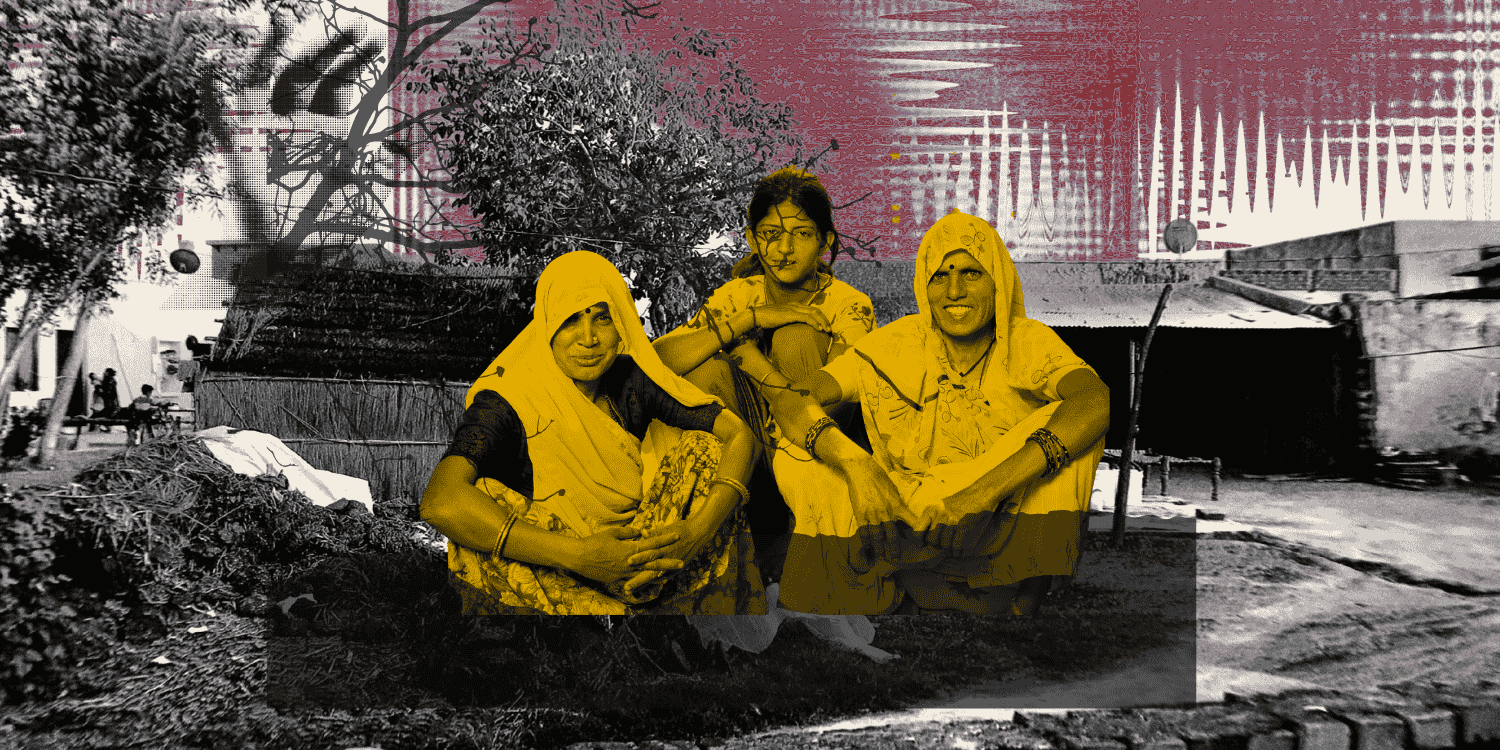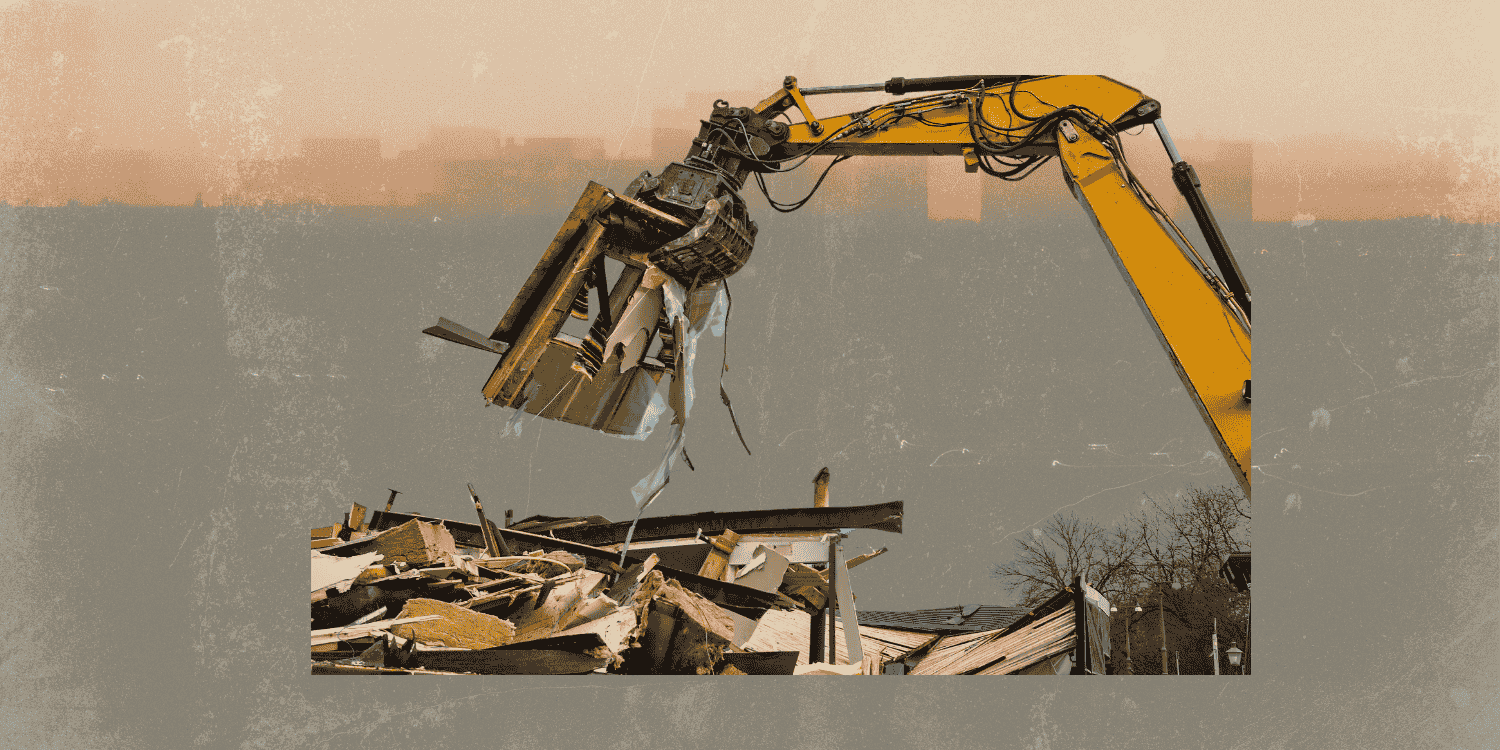Background
India currently stands as one of the world’s largest tobacco producers and exporters, second only to China and Brazil, respectively. Across 120 countries, the production of tobacco covers an estimated area of 4 million hectares of land.
Despite being a party to the World Health Organisation Framework Convention on Tobacco Control in 2004, which was the first ever international public health treaty on the global public health issue of tobacco control, India continues to be a country with large-scale production and consumption of tobacco. Nearly 30% of all adults in India are tobacco users, which comes around to nearly 2670 lakh adults. The dual challenge that India faces in the production and consumption of tobacco is a complex web of farmer livelihood, decentralised compliance responsibilities and a passive approach to tobacco control in the country. Apart from the regulation of tobacco through cigarettes and the ban on the sale of loose cigarettes, the issue of the use of smokeless tobacco is also a complex one; however, the cultivation of tobacco remains a source of livelihood for nearly 60 lakh farmers and 200 lakh farm labour.
The tobacco supply has also remained a challenge to controlling the consumption of tobacco. However, even though it comes with a range of other challenges to health, it remains a major commercial crop grown in India and other low to middle-income economies. However, large-scale cultivation also compounds food security and nutrition issues. The cultivation also exposes the farmers to a range of health risks, including ‘green tobacco sickness’, heavy use of pesticides and exposure to tobacco dust. Green Tobacco Sickness or GST is considered to be an occupational poisoning that occurs when workers or farmers absorb nicotine through the skin as they come in contact with mature tobacco plants.
Furthermore, tobacco farming also has adverse impacts on the environment as it accounts for about 5% of total deforestation, exacerbating the issue of climate change. Yet, the government has been passive in placing bans on or discouraging the cultivation of tobacco in India. The crop also brings in revenue for the government along with the high tax revenue after the GST implementation.
Centre’s Ins and Outs on Tobacco Farming
The centre has, time and again, made moves to regulate the cultivation of tobacco. It placed tobacco as a regularised crop by the Indian Tobacco Board, which requires farmers to pay penalties for the sale of additional tobacco beyond the authorised crop size. The farmers resisted the move to regularise the crop under the Board.
In 2018, the government, under its crop diversification programme, (CDP) shifted 15% of the land under tobacco cultivation since 2015-2018 to other crops. On the other hand, the government waived the penalty for tobacco registered and unregistered farmers in Karnataka. A similar relief was sought by the CM of the second-largest tobacco-growing state in India, Andhra Pradesh. Further, it has also approved interest-free loans to the farmers that grow Flue Cured Virginia (FCV) Tobacco in the state of Andhra Pradesh in view of the Michaung cyclone that caused heavy rains in the state in early December 2023. To ease the hardships on the FCV Tobacco farmers, the government approved a one-time interest-free loan of INR 10,000 from the Grower Welfare Fund of Tobacco Board for the 2023-2024 season.
The government’s approach to tobacco cultivation, while seemingly contradictory, is in fact based in a complex reality. This mixed strategy reflects an attempt to balance the interests of the farmers, government revenue generated from the crop but overlooks other significant agricultural and public health challenges of the practice. However, many countries, including India, are facing food security issues. It does not come as a surprise that many of these countries are low and middle income countries and are also big tobacco producers such as African countries. India has also been faced by similar challenges, in 2022, the country ranked 68 out of 113 major countries on the Global Food Security Index.
The World Health Organisation report on the global tobacco epidemic tracks the progress made by countries in tobacco control since 2008. The report in 2022 highlighted the correlation between the growing food crisis and millions of acres of fertile land that are taken up by tobacco farming. In India, tobacco is grown in 4.67 lakh hectares, accounting for approximately 0.32% of the net cultivated area. It also accounts for 5 per cent of the world’s total deforestation.
Tobacco Farming Practices and Public Health
The majority of the tobacco cultivated in India and the world consists of Flue-cured Virginia (FCV) as opposed to fire-cured tobacco, which takes up to 4 weeks to dry up. The Central Tobacco Research Institute released training manuals for the cultivation of FCV tobacco in India in 2019. The major tobacco-producing states for different types in India are Andhra Pradesh (FCV, Burley, Oriental, Bidi Natu), Karnataka (FCV, Bidi), Gujarat (Bidi, Chewing, Rustica), U.P (Bidi, Chewing), Tamil Nadu (Chewing, Cigar), West Bengal (Hookah, Rustica) and Bihar (Chewing).
The differential agricultural practices for tobacco have been studied to cause significant environmental and health impacts. The primary factor is the waste that is generated throughout the process, from growing, curing, manufacturing, and distribution all the way to product consumption and post-consumption. The production of tobacco includes nearly seventy species of the crop that are intensively grown in rainforest areas; it has led to the depletion of more than 4.5 lakh hectares of forest land over 15 states, including more than 45% in Andhra Pradesh and 26% in Karnataka. The industrial processing of tobacco also further causes air pollution. The crop, which requires high chemical pesticides, is also erosive, practised in mono-crop patterns that reduce the pH level of the soil and drain the fertility of the land, also contributing to soil erosion. However, tobacco is a winter crop and can only be grown once a year. The high input costs of the crop make it more unsustainable for farmers.
Besides long-term environmental impacts, tobacco farmers are also exposed to health hazards through close contact with the leaves. The prevalence of GST is fairly common in non-FCV tobacco workers, with women farm workers being more susceptible to it. The risk is higher because, according to the WHO, around 60-70 per cent of tobacco farm workers are women.
Corporate Playout and Government Revenue
A significant part of the tobacco cultivation and supply chain is formed by intensive lobbying and investments by big corporations, including multinational companies. The Indian cigarette market is dominated by four companies, including ITC Limited, Godfrey Phillips India Limited (GPI), VST Industries Ltd., and Philip Morris International (PMI). The Framework Convention on Tobacco Control, which India is a party to, makes some important provisions that can effectively help countries in capping their tobacco use.
According to the FCTC, tobacco corporations should not be taken as “stakeholders” in public health policy and “no partnerships, non-binding, or non-enforceable agreements between tobacco industry and governments”. It provides guidelines opposing any voluntary contributions to the tobacco industry; however, according to a right to information (RTI) disclosure, the Central government revealed that in 2009-10, ITC made donations to several political parties, including the Congress, the BJP, Samajwadi Party, Rashtriya Janata Dal, DMK, Shiv Sena and the Nationalist Congress Party.
New reports of the donations to the political parties through electoral bonds also highlight donations that came from what is referred to as the “tobacco-to-hospitality blue-chip” ITC Limited. The company purchased 15 bonds valued at just INR 1000 each. The direct correlation between donations made by corporations and their interest contrasting with policies made to control tobacco-consumption raises some questions. The Supreme Court of India has upheld the principles of democracy, recognising that these electoral bonds can undermine free policymaking under corporate influence and pressure. A five-judge bench also held that it was violating the right to information of voters.
Although the tobacco industry also benefits the ground workers and corporations, it is also a beneficial crop for the government. Tobacco, ‘a cash cow’, contributes not only to excise revenue but also has fiscal incentives. The government is also able to impose a tax on tobacco products and the addictive nature of tobacco also makes the demand less susceptible to change due to price changes.
Policy Recommendations
Tobacco farming in India presents a complex reality; it would not be through stringent bans or policing on farming that the government can regulate the tobacco industry. Yet, with the growing food insecurity, health and sustainability concerns, there is a need to address the challenges of the industry.
Below are some policy interventions that are required within the industry.
1. Diversification of Agriculture Practices through Incentives: The government must prioritise crop diversification by promoting alternative cash crops that are both economically viable and environmentally sustainable, under its Rashtriya Krishi Vikas Yojana. In Andhra Pradesh, tobacco farmers have shown promise of replacing the crop with more profitable paddy and black gram. With budgetary allocations and incentives, farmers can get the push required to make this change.
2. Disengagement of Corporate Players: To make any positive change in the tobacco industry, it is essential to disengage party funding from key corporate players and organisations. These sizable donations undermine the functioning of a free democratic practice. The government should push corporate entities to invest in development initiatives in tobacco-growing regions.
3. Public Health Awareness and Sustainable Agriculture Practice: Tobacco farming exposes the farmers and workers to specific occupational health conditions. It is imperative that the government promotes a level of public awareness about these conditions and also strengthen the healthcare infrastructure to deal with these illnesses, especially in the tobacco-growing regions. The environmental consequences on land fertility must also be spoken about through dialogue and consultation with stakeholders at all levels.
Conclusion
The intricate dynamics surrounding tobacco cultivation in India necessitate a multifaceted approach that balances economic interests with public health imperatives and environmental sustainability. As one of the largest producers of tobacco in the country, along with a market for tobacco products, the country is continuously on the brink of a tobacco epidemic. Despite WHO’s continuous warning about associated risks, the government’s interventions to control tobacco farming have been lukewarm.
Prolonged exposure to agrochemicals used in the cultivation process comes with its own occupational risks. In order to promote the general welfare of the tobacco farmers, the government must take into account the health risks and provide training to supervisors and regularise the provision of personal protective equipment by the employers for the workers.
In conclusion, the issue of tobacco cultivation in India is complex and intersects agriculture, public health, economics and social welfare. This necessitates policy interventions that support alternative livelihoods for a larger group of farmers and raise awareness about the health risks associated with tobacco. By addressing these multifaceted challenges and embracing sustainable practices, India can move towards securing a more food-focused future that contributes to the health and prosperity of its citizens, instead of one that puts them at risk.






